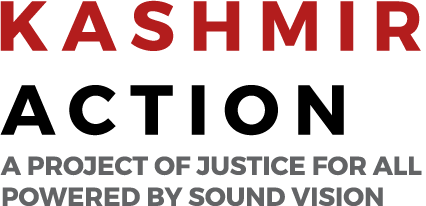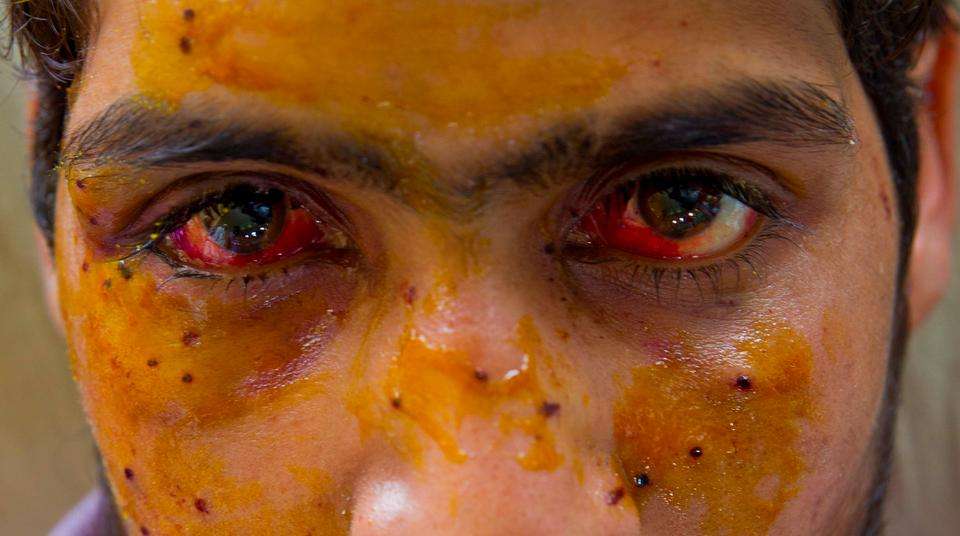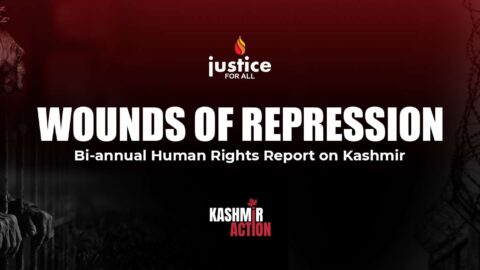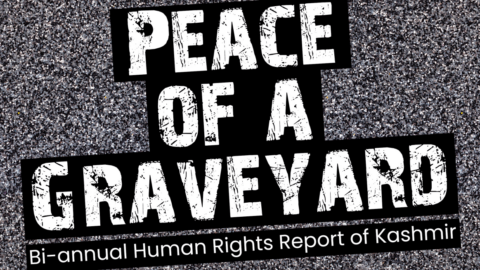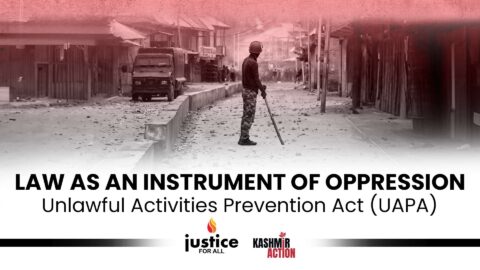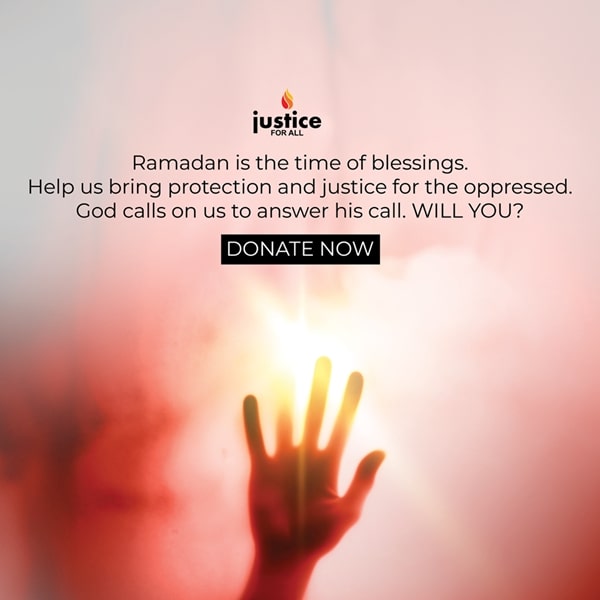“My World is Dark”: State Violence and Pellet-firing Shotgun Victims from the 2016 Uprising in Kashmir
Summary
On August 5th, 2019, the Indian government imposed a communications blockade in Kashmir, following the revocation of Articles 370 and 35 of the Indian Constitution, thereby ending the region’s limited and de jure autonomy. As the lockdown reaches the 71st day, its disastrous consequences for the civilian population are becoming clearer, especially in the Kashmir valley. The blocking of internet connections results in severe disruption of all civilian infrastructure, halting medical, emergency, and banking services and preventing business activity.
As this report shows, this is not the first time that such severe restrictions have been placed upon the population of Kashmir. Curfews, shutdowns, blockades, mass arrests and firing on civilians have been a routine part of Indian state strategies of control. The use of ostensibly non-lethal pellet firing guns by forces in Kashmir is a relatively new and devastating strategy.
Since 2010, Indian military and paramilitary forces have used pellet guns on peaceful protestors as well as bystanders and even people inside their homes. The pellet guns fire cartridges containing 450-600 lead pellets with sharp edges. When fired, the cartridges burst, spraying pellets indiscriminately. These supposedly “non-lethal” weapons have left hundreds of people maimed and blinded. Pellet gun injuries have also proved fatal in many cases.
This report records testimonies from 23 victims of pellet gun injuries. These show how their injuries have completely transformed the victims’ lives and destroyed their futures, rendering people unemployed and impoverished, in a helpless state.
Researchers from the Association of Parents of Disappeared Persons (APDP), a human rights organization based in Srinagar, Kashmir, have collected nearly 300 testimonies of pellet gun victims. This is only a fraction of the total number of victims. When placed within the context of stepped-up state repression following popular protests in 2016, they portray a state of total war against a civilian population.
